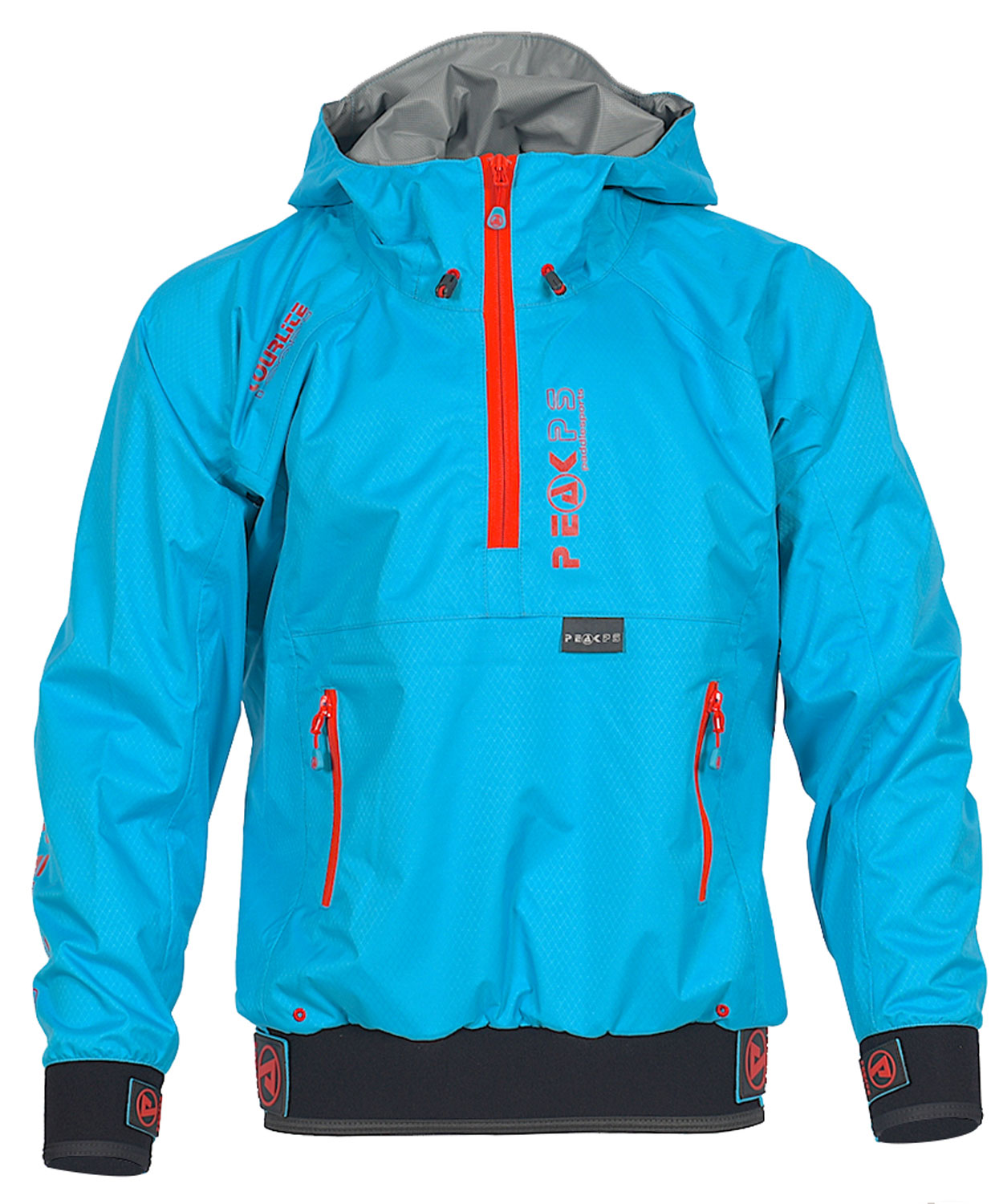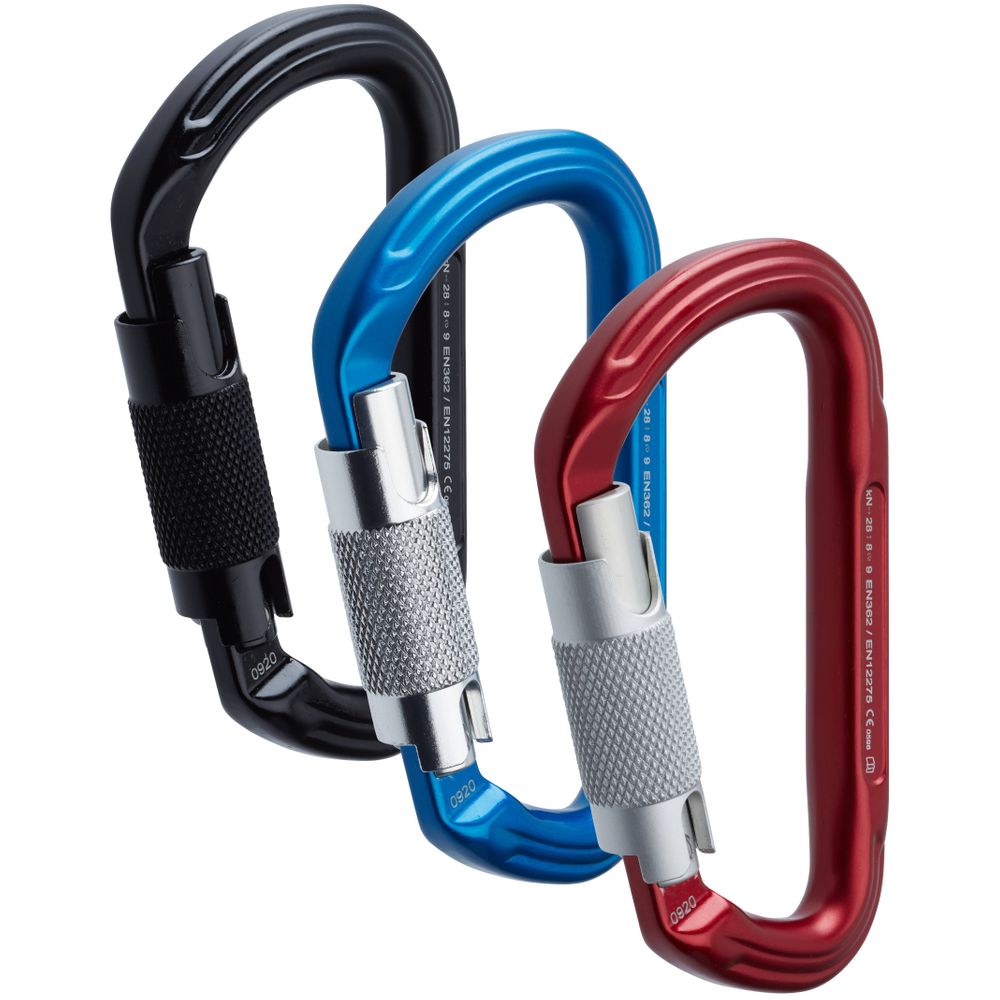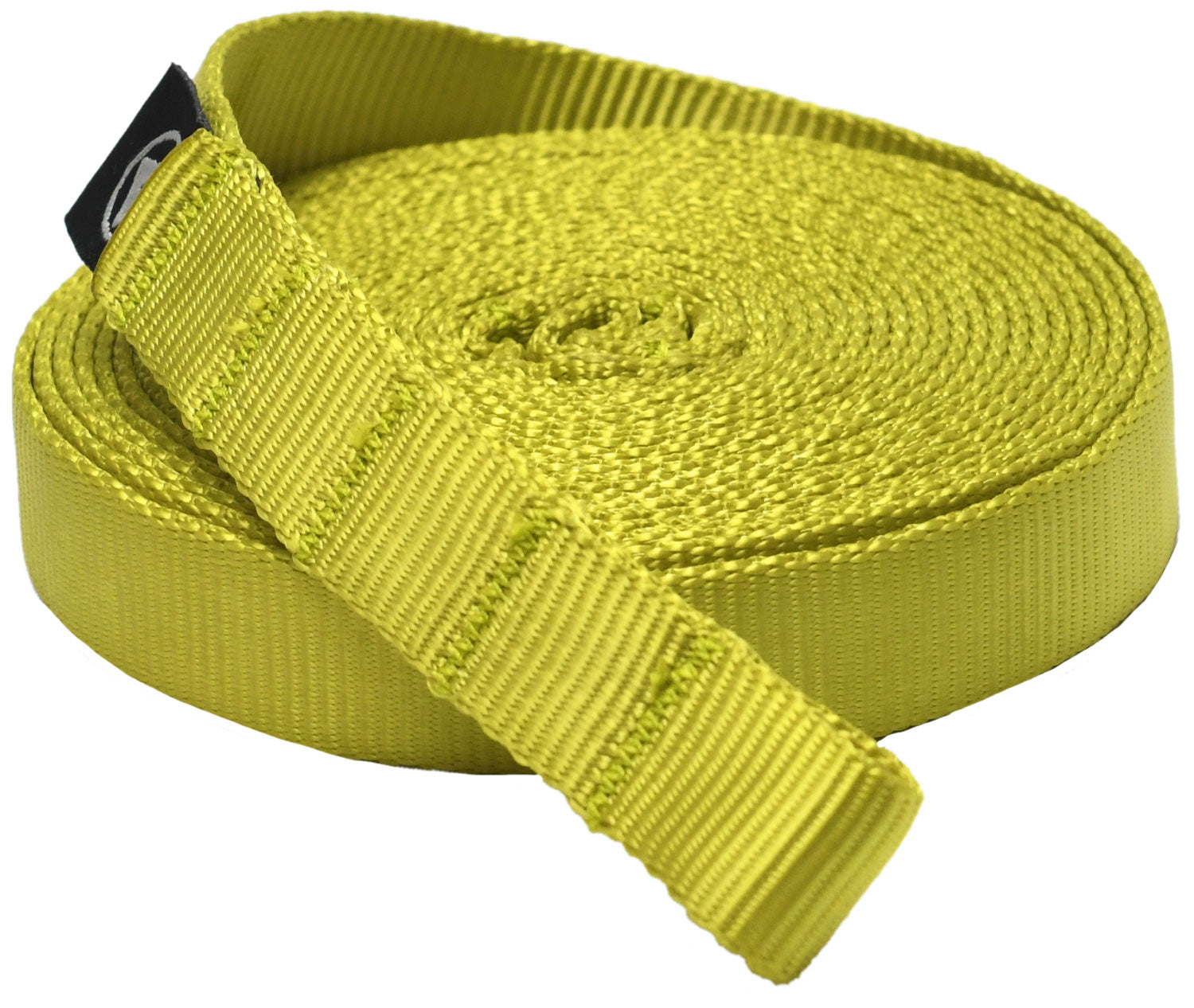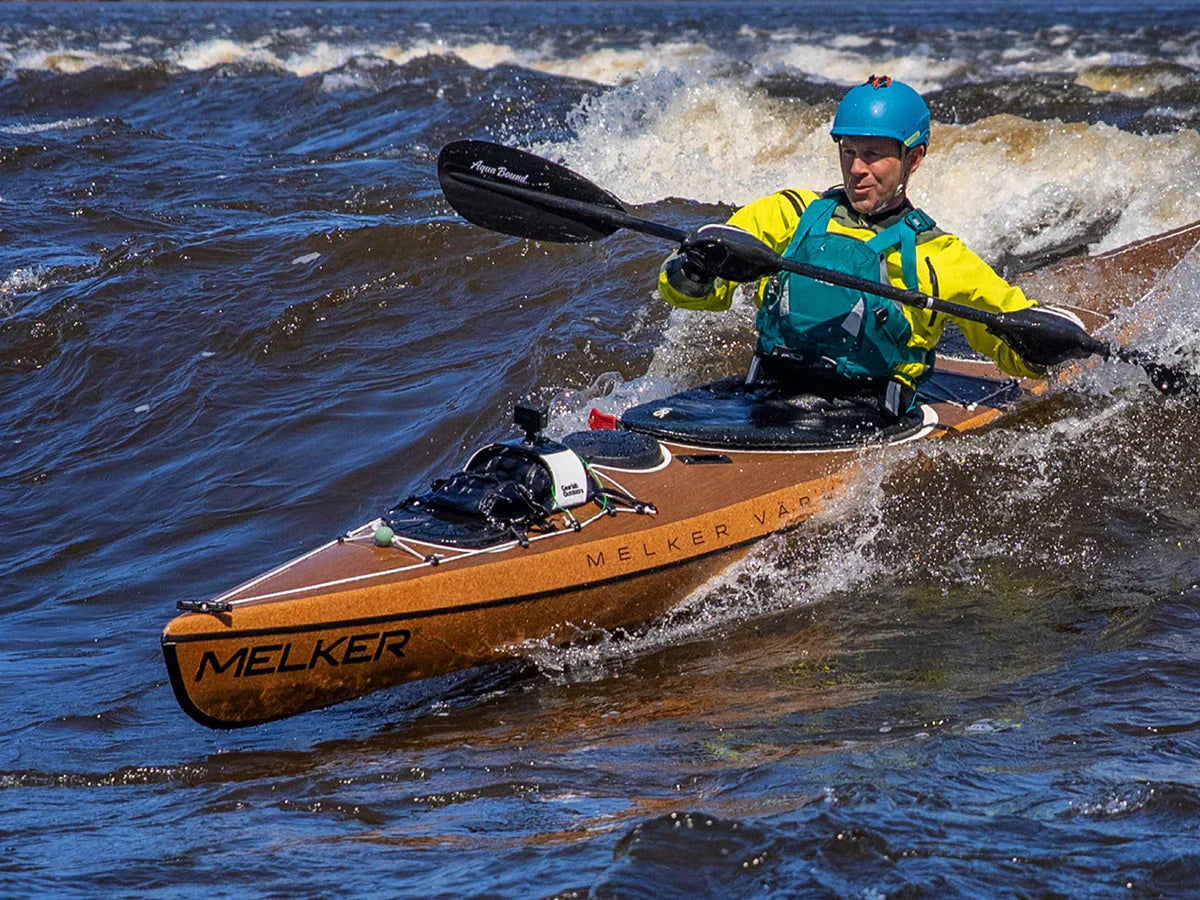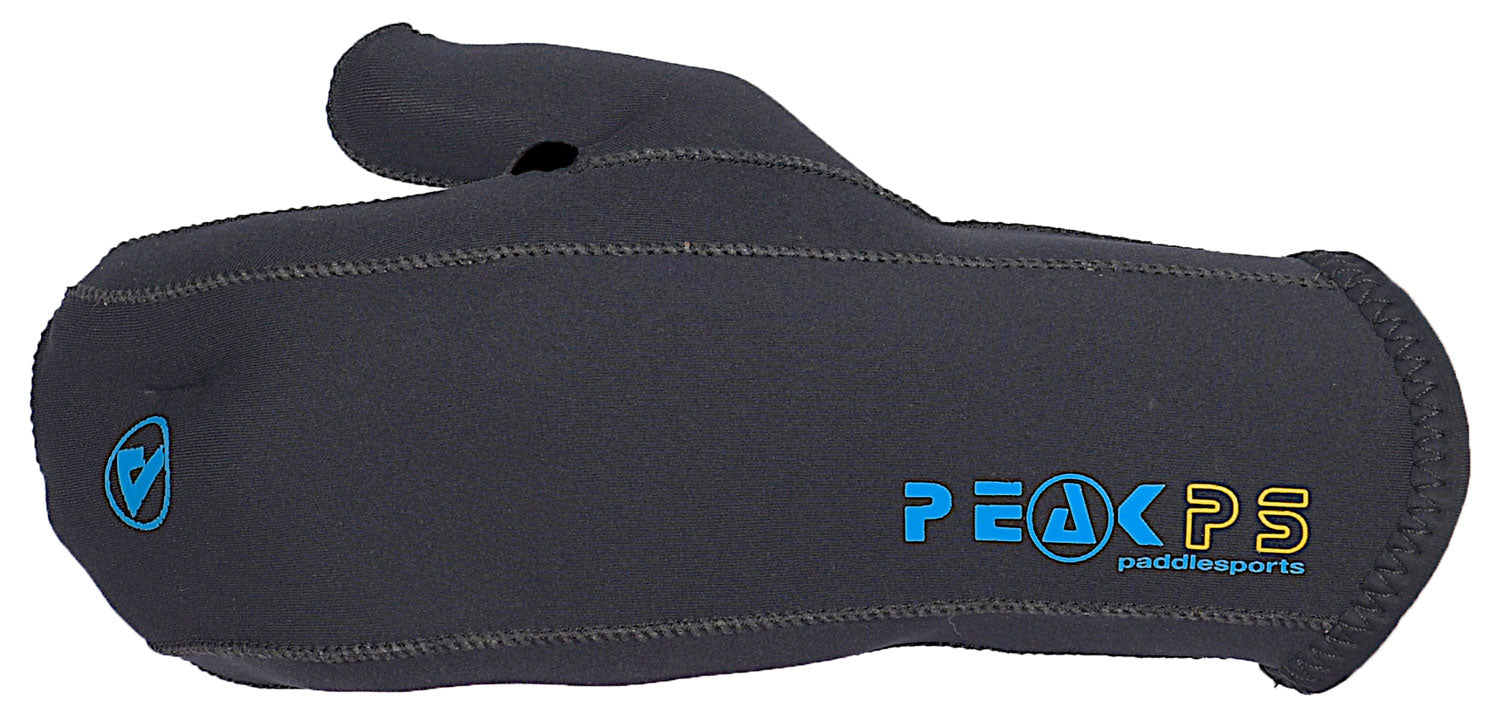
Flow Kayaks, we want every paddler to enjoy the water safely, so here’s our expert guide.
1. Respect Changing Conditions
The sea can change rapidly. Wind, swell, and tides may turn a calm outing into a challenging situation. We always recommend checking the UK Met Office Marine Forecast and tide tables before launching. (Met Office)
Flow Tip: If you’re starting out, choose sheltered bays or lifeguarded beaches. Our Flow Sea Kayaks are designed for stability and easy handling in moderate conditions, perfect for beginners and confident paddlers alike. Browse our selection Sea Kayaks for sale.
2. Match Your Skills to the Water
Sea kayaking requires specific skills: navigation, bracing, self-rescue, and reading the water. New paddlers should begin with calm waters and gradually progress to open sea.
Flow Tip: We recommend enrolling in a British Canoeing or Flow Kayaks training course. Practical experience under guidance helps you build confidence and reduces risk.
3. Wear the Right Safety Gear
Even short trips demand proper equipment. Core essentials include:
- Buoyancy Aid / Lifejacket:Always wear a fitted buoyancy aid. Our recommended Peak PS Buoyancy Aids offer comfort, adjustability, and safety features suitable for sea kayaking.
- Dry Bags & Waterproof Storage: Keep spare clothing, phone, or VHF radio dry.
- Neoprene Layers / Drysuits: UK waters are cold year-round. A drysuit or thermal layers protect against hypothermia. (RNLI Safety Guidance)
Flow Tip: Choosing quality gear from the start prevents issues later, our shop offers curated equipment trusted by experienced paddlers.
4. Plan Your Paddle & Share Your Route
Every sea trip should start with a plan:
- Check wind direction, tides, and expected currents.
- Identify safe landing spots and a turnaround time.
- Inform someone on land about your route.
Flow Tip: For extra safety, consider a personal locator beacon (PLB) or tracking device, especially for longer trips.
5. Learn Self-Rescue Techniques
Capsizing is a reality for all sea kayakers at some point. Knowing how to:
- Perform a wet exit,
- Re-enter your kayak with a paddle float,
- Tow a paddler safely,
…is essential.
Flow Tip: Our sea kayak training courses cover these skills step by step. Investing time in self-rescue skills is just as important as the kayak itself.
6. Manage Environmental Risks
- Cold Water & Hypothermia: Even in summer, UK waters can sap body heat quickly. Layer appropriately.
- Offshore Winds: Wind may be light at the shore but strengthen offshore. Paddle conservatively.
- Other Traffic: Be visible. High-visibility kayaks and reflective deck lines help alert other vessels.
Flow Tip: Consider high-visibility gear and kayaks with deck lines and grab handles, all available in our Flow Sea Kayaks range.
7. Maintain Your Gear
Regular inspection is vital: check for hull cracks, worn fittings, or missing safety lines. A well-maintained kayak and accessories are your last line of defence in an emergency.
Flow Tip: When you buy from Flow, our team provides guidance on routine maintenance, replacement parts, and safe storage, keeping your kayak and kit ready for every adventure.
In Summary
Sea kayaking offers unparalleled freedom and exploration, but safety must come first. By combining expert knowledge, proper planning, and high-quality gear, you can enjoy the sea confidently.
At Flow Kayaks, we provide not only premium kayaks and equipment but also the guidance and training needed to make every trip safe and enjoyable. Start your adventure with confidence, explore our Sea Kayaks and essential safety kit today.
Q1: What are the essential safety tips for sea kayaking in the UK?
A: Always wear a buoyancy aid, check tides and weather forecasts, carry communication devices, and dress for cold water. Start in sheltered areas until you gain experience. Flow Kayaks’ sea kayaks and safety kit are ideal for UK conditions.
Q2: How do I choose the right sea kayak for beginners?
A: Beginners should select stable touring or recreational sea kayaks with sealed bulkheads and easy handling. Flow Kayaks offers a range of sea kayaks with expert guidance on choosing the right model.
Q3: Do I need a buoyancy aid or lifejacket for sea kayaking?
A: Yes, a properly fitting buoyancy aid significantly increases safety. At Flow Kayaks, we recommend a number of Buoyancy Aids brands for comfort and adjustability.
Q4: What clothing is best for UK sea kayaking?
A: Wear thermal layers, neoprene gloves and boots, or a drysuit in colder months. Dressing for hypothermia prevention is critical, even in summer. Browse Flow’s cold-water paddling gear.
Q5: How do I check sea conditions before paddling?
A: Use the UK Met Office Marine Forecast, tide tables, and wind reports. Avoid exposed areas in strong offshore winds. See expert advice on suitable launch points based on weather conditions.
Q6: Is training necessary before sea kayaking?
A: Absolutely. Learning navigation, self-rescue, and bracing techniques improves safety. There are various course providers and clubs who can offer courses and guidance for all skill levels to build confidence on open water.
Q7: What should I include in a sea kayaking safety kit?
A: Essentials include a whistle, paddle float, tow-line, waterproof bag for valuables, and a personal locator beacon (PLB) or VHF radio for emergencies. All recommended gear is available at Flow Kayaks.
Q8: How can I prevent accidents or capsizing?
A: Paddle within your skill level, maintain proper posture, and learn bracing techniques. Keep your kayak and gear in good condition, and always plan a safe route. Training courses from various providers cover these skills.
Q9: What are the most common sea kayaking risks in the UK?
A: Risks include sudden changes in weather, strong tides, cold water, collisions with other vessels, and capsizing. Mitigate these by planning, using safety gear, and paddling with experienced partners.
Q10: How can I perform a self-rescue after capsizing?
A: Learn techniques such as wet exits, re-entry using a paddle float, and assisted rescues. See kayak course providers teach these essential safety skills step-by-step.
Q11: Should I paddle alone or in a group?
A: Paddling with others is safer, especially for beginners. A buddy system ensures someone can assist in an emergency. Group trips are recommended for training and experience.

